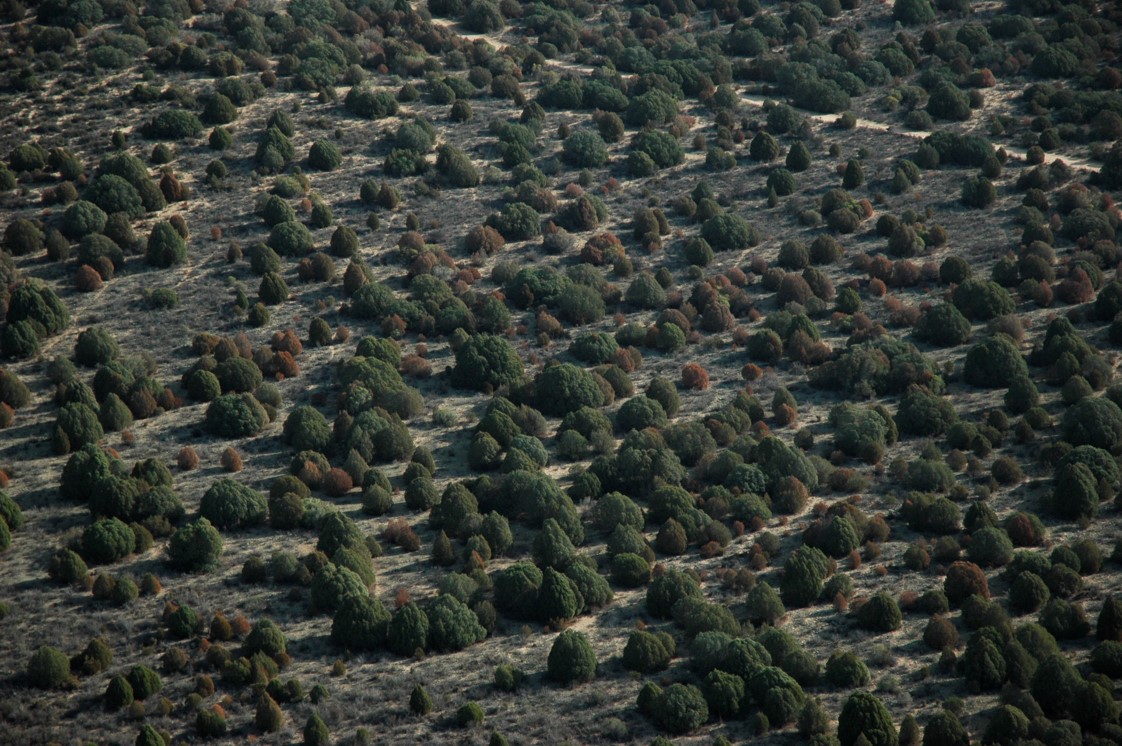Drought-induced dieback episodes are globally reported among forest ecosystems but they have been understudied in scrublands. Chronically-stressed individuals are supposed to be more vulnerable prior to drought which triggers death. Drought-triggered dieback and mortality events affecting Mediterranean Juniperus phoenicea scrublands were analyzed in two sites with contrasting climate and soil conditions located in Spain. The radial growth patterns of coexisting living and dead junipers, including the calculation of growth statistics used as early-warning signals, quantified growth response to climate, were characterized and the wood C and O isotope discrimination was analyzed. In the inland, continental site with rocky substrates (Yaso, Huesca, N Spain), dead junipers grew less than living junipers about three decades prior to the dieback started in 2016. However, in the coastal, mild site with sandy soils (Doñana, Huelva, SW Spain), dead junipers were smaller but grew more than living junipers about two decades before the dieback onset in 2005. The only common patterns between sites were the higher growth coherence in both living and dead junipers prior to the dieback, and the decrease in growth persistence of dead junipers. Cool and wet conditions in the prior winter and current spring, and cool summer conditions enhanced juniper growth. In Doñana, growth of living individuals was more reduced by warm July conditions than in the case of dead individuals. Higher ?13C values in Yaso indicate also more pronounced drought stress. In Yaso, dead junipers presented lower ?18O values, but the opposite occurred in Doñana suggesting different changes in stomatal conductance prior to death. Warm summer conditions enhance evapotranspiration rates and trigger dieback in this shallow-rooted species, particularly in sites with a poor water-holding capacity. Chronic, slow growth is not always a reliable predictor of drought-triggered mortality. informacion[at]ebd.csic.es: Camarero et al (2020) Dieback and mortality of junipers caused by drought: Dissimilar growth and wood isotope patterns preceding shrub death. Agr Forest Meteorol 291, 108078. DOI 10.1016/j.agrformet.2020.108078
https://www.sciencedirect.com/science/article/pii/S0168192320301805?dgcid=author#ack0001

 Las altas temperaturas están provocando que las lagunas y las marismas de Doñana pierdan agua rápidamente
Las altas temperaturas están provocando que las lagunas y las marismas de Doñana pierdan agua rápidamente




